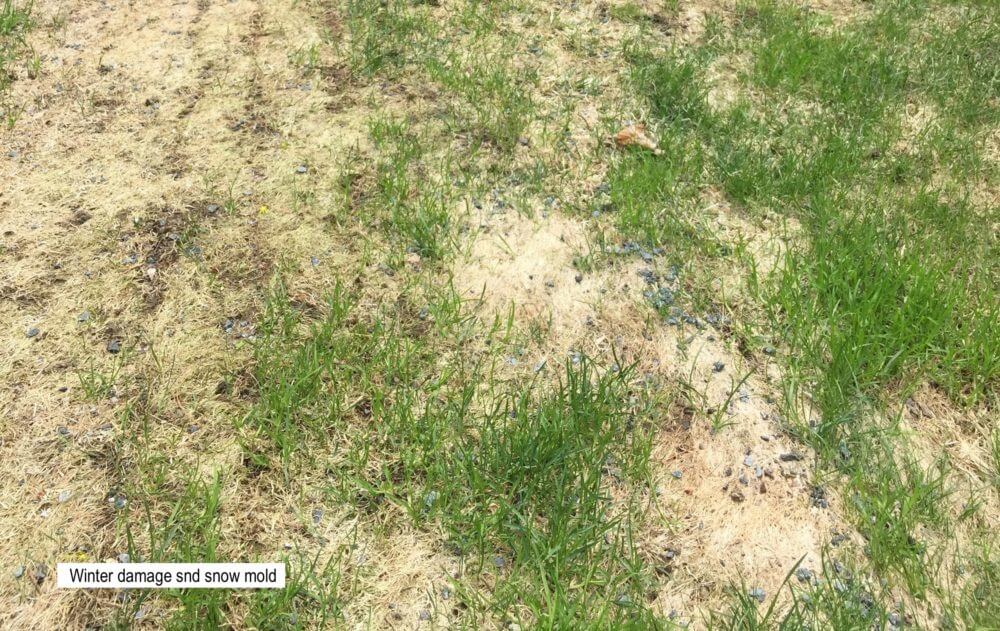Many folks abandon their lawn care in late October, thinking the season is at an end. To the contrary, lawns will continue to grow well into late November or even early December, especially in southern New England. Here are a few tips and reasons for late-season lawn care.
Mowing
Mowing is the most obvious and visible care that is often stopped prematurely, ranging from weeks to months. Since turf will continue to grow, though at a slower rate, mowing a few extra times into late November is often a necessity. As October ages, the mowing height can slowly be dropped each week or every other week until the final cut that should be between 1.5-1.75”. A clean cut at the true end of the season can help reduce leaves and debris as well as winter damage and snow mold.
Leaves
Leaves and other debris can pose a real issue to lawn health, especially in shaded areas or newly planted grass. Heavy leaf and or needle cover can mulch a lawn, blocking available sunlight. A good rule of thumb is to remove leaves a few times each fall or wait until all the leaves have dropped from the trees and then do one large cleanup. Leaving leaves and needles on your lawn can result in turf thinning and damage, especially if left over the winter into spring.
Fall Applications
Late-season “winterizing” treatments that can prep your lawn for 2018 include potassium, lime, core aeration and spraying for difficult to control weeds such as ground ivy and violets.


